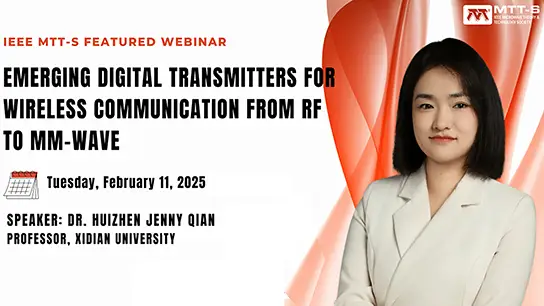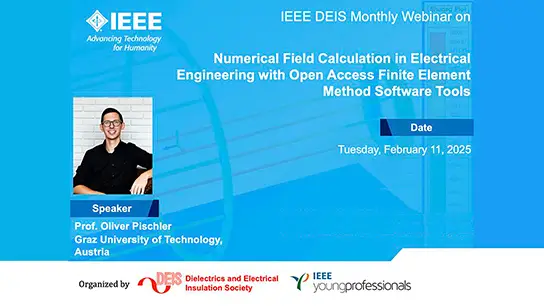Evaluation Tests of Metal Oxide Varistors for DC Circuit Breakers
Chunmeng Xu, Andrew Rockhill, Zhi Jin Zhang, Matthew Bosworth, Maryam Saeedifard, Michael Steurer, Peter Zeller, and Lukas Graber
-
Members: FreePES
IEEE Members: Free
Non-members: FreePages/Slides: 11
01 Jun 2022
With emerging technologies and products in power semiconductors and ultrafast mechanical switches, direct-current circuit breakers (DCCBs) have been developing rapidly. Yet the metal-oxide varistors (MOVs), being the indispensable DCCB components, are less analyzed and tested so far. Generally, MOVs in DCCBs are used to dissipate energy and limit overvoltage surges during switching events. This emerging application of MOVs calls for new design procedures and evaluation tests to ensure MOV performance under non-standard stresses and repetitive energy pulses. In this paper, online-monitored stress endurance tests are performed on MOVs that are employed in a 12 kV DCCB. Most MOVs have endured the DCCB-derived stresses for about 3500 pulses with little variation in their voltage-current characteristics, while only one fails after 1000 pulse tests and gets damaged by a shunt conductive channel. Different from conventional operating points of MOVs in their voltage-current characteristics, the MOVs in DCCB applications are found to work routinely in the temporary overvoltage (TOV) region with a decreasing TOV current over time. As these behaviors of MOVs are scarcely reported in the literature or covered by their datasheets, this study presents one of the first publicly available endurance test data that address the knowledge gaps about energy-dissipating MOVs in switchgear applications.


